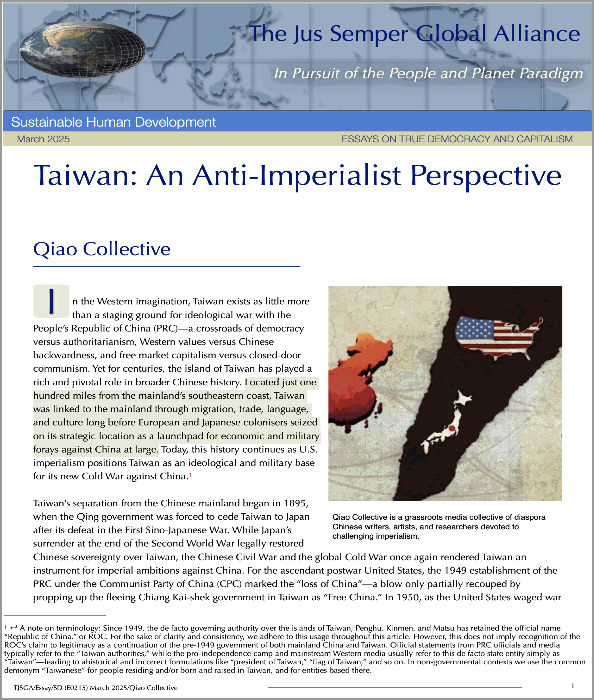The Propaganda Model Revisited
Edward S. Herman
In Manufacturing Consent: The Political Economy of the Mass Media (Pantheon, 1988) Noam Chomsky and I put forward a “propaganda model” as a framework for analysing and understanding how the mainstream U.S. media work and why they perform as they do. We had long been impressed with the regularity with which the media operate within restricted assumptions, depend heavily and uncritically on elite information sources, and participate in propaganda campaigns helpful to elite interests. In trying to explain why they do this we looked for structural factors as the only possible root of systematic behaviour and performance patterns.
The propaganda model was and is in distinct contrast to the prevailing mainstream explanations—both liberal and conservative—of media behaviour and performance. These approaches downplay structural factors, generally presupposing their unimportance or positive impact because of the multiplicity of agents and thus competition and diversity.
In this article I will describe the propaganda model, address some of the criticism that has been levelled against it, and discuss how the model holds up nearly a decade after its publication. I will also provide some examples of how the propaganda model can help explain the nature of media coverage of important political topics in the 1990s. For a full read of this brief, click here or on the picture to download the pdf file. |







